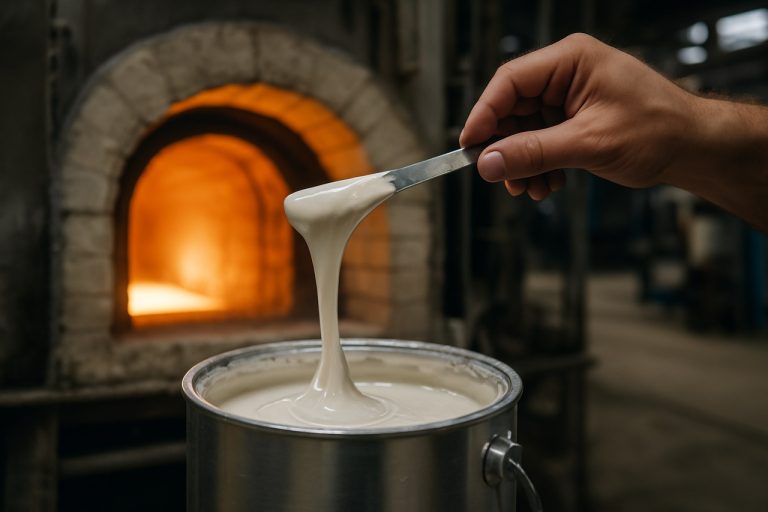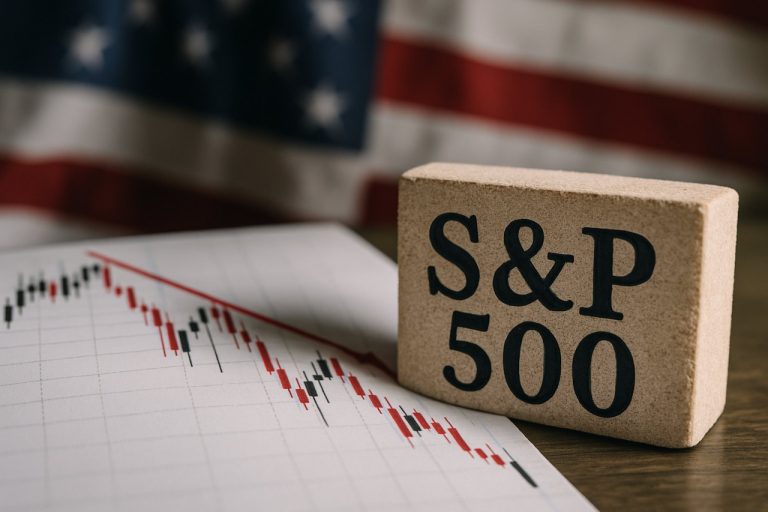
- Walmart is facing increased product prices due to global tariffs and squeezed profit margins.
- President Trump urged Walmart to absorb tariff costs and not raise prices, but executives warn this is unsustainable.
- Price hikes could start as early as this summer, especially on goods sourced internationally like bananas, avocados, coffee, roses, electronics, and toys.
- Walmart stocked up on inventory to delay the impact, but higher-priced goods will eventually hit shelves as older stock runs out.
- Tariffs are likely to impact selected imports the most, affecting American families who rely on Walmart for affordable essentials.
Wander down the vibrant aisles of Walmart, and you might soon notice a subtle but unmistakable shift: higher numbers on the price tags of your everyday favorites. The world’s largest retailer, celebrated for its low-price promise, now stands at the center of a high-stakes tug-of-war between American wallets and global tariff drama.
On a Saturday pulsing with commerce, President Donald J. Trump fired a salvo on Truth Social, calling on Walmart to “eat the tariffs” and quit using trade duties as an excuse for price hikes. The message was pointed and personal: absorb the cost, don’t pass it to families and bargain hunters. But the economics of retail are unforgiving, and Walmart’s razor-thin profit margins mean even minor tremors in global trade can shake store shelves from coast to coast.
“We’ll keep prices as low as we can for as long as we can,” insisted Walmart spokesperson Joe Pennington, clinging to the company’s legacy of affordability. But within boardrooms and bustling distribution centers, the mood is guarded. Small profit margins, executives warn, leave little room for cushioning fresh tariffs without impacting consumers. The question is not if, but when the price wave will reach the checkout line—and just how high it will crest.
- When could prices rise? John David Rainey, Walmart’s chief financial officer, revealed that sticker shock could begin as soon as early summer. “The level of tariffs proposed is pretty challenging for all retailers,” he explained, predicting that customers would soon “feel some of that.”
- Which items are at risk? According to Walmart President Douglas McMillon, the products most vulnerable are those sourced internationally: bananas, avocados, coffee, and roses—all part of the company’s sprawling network of global suppliers, spanning from Costa Rica and Peru to Vietnam and China. Electronics and toys, those perennial holiday wish-list favorites, are also in the crosshairs. “Maybe the children will have two dolls instead of thirty,” President Trump mused, “and maybe the two dolls will cost a couple of bucks more.”
- Could inventories soften the blow? Industry insiders note that Walmart anticipated the tariff surge, filling warehouses to the rafters in a preemptive push to avoid empty shelves. But as these stockpiles dwindle and new goods—subject to higher duties—arrive, the margin for maneuver shrinks.
The ripple effects go beyond Walmart’s iconic rollback signs. With over two-thirds of all Walmart merchandise still made in the U.S., the pinch will be felt most on select imports: roses from Colombia, electronics from China, and vibrant toys that fill birthday parties and Christmas trees across America.
Tariffs, those shadowy taxes on imported goods, are reshaping the landscape for global retailers. For millions of families who rely on affordable groceries and gifts, the stakes could not feel higher. As the tug between politics and pricing continues, one thing is certain: the story playing out in Walmart’s crowded aisles is a window into the pocketbooks—and priorities—of American households everywhere.
Is Walmart Really Saving You Money? The Truth Behind Tariffs and Price Hikes
-
Pros
-
Everyday Low Prices:
Walmart is known for its commitment to affordability, aiming to keep prices low even when external costs rise. -
Broad Selection:
The company’s massive scale enables a wide variety of both local and global products under one roof, offering convenience and choice for shoppers. -
Strategic Stockpiling:
By anticipating global tariff changes, Walmart has, at times, been able to prevent abrupt price shocks and product shortages.
-
Everyday Low Prices:
-
Cons & Limitations
-
Thin Profit Margins:
With minimal profit on each sale, Walmart has limited ability to absorb the cost of new tariffs—meaning price hikes often land on consumers. -
Sensitivity to Tariffs:
Global trade disruptions heavily impact prices of imported products, including favorites like electronics, toys, and fresh produce. -
Temporary Shielding:
Stockpiling can only delay the effect of tariffs for so long; as stored goods run out, new inventory arrives at a higher cost.
-
Thin Profit Margins:
-
Controversies
-
Political Pressure:
High-profile figures, including President Trump, have pressed Walmart to shoulder tariff costs, sparking public debate on fairness and feasibility. -
Imported vs. Domestic Goods:
Though much is made in the USA, imported goods remain vulnerable, raising questions about reliance on international supply chains.
-
Political Pressure:
As global trade tensions escalate, even the world’s largest retailer faces tough choices between maintaining its low-price image and sustaining business viability. Shoppers—and policymakers—will be watching the next moves at Walmart very closely.
Future Shock: Will Tariffs Spark a New Price Tsunami at Walmart? What Experts Predict for the Coming Years
-
Persistent Price Pressures Are Expected
Industry forecasts suggest that American shoppers could continue to see price increases on goods at retailers like Walmart through the next several years. As proposed tariffs become reality and old inventories sell out, price hikes on everyday items—including groceries, electronics, and household staples—are widely anticipated to accelerate.
-
Consumer Habits Set to Shift
With higher costs likely to impact favorite imports, from coffee beans and avocados to toys and tech gadgets, many American families may begin adjusting their shopping lists. Some experts predict a rise in private-label purchasing, as shoppers seek bargains over branded imports, and an uptick in demand for American-made goods at Walmart and other major retailers.
-
Supply Chains Go Hyper-Local
According to supply chain analysts, ongoing trade tensions could prompt Walmart to further localize its sourcing. Expect increased partnerships with domestic producers and investment in rapid-response logistics infrastructure. Over the next few years, this “Made in America” pivot could become central to Walmart’s strategy.
-
Tariff Tweaks Will Keep Markets Volatile
With trade policies subject to political change, economists anticipate continued fluctuations in global sourcing costs. Shoppers should brace for unpredictability as future administrations, including the next term of President Trump or his successor, adjust tariff rates or renegotiate agreements. For businesses like Walmart, this means ongoing adaptation—and for customers, ongoing watchfulness at the checkout line.
-
Tech Tools to Track Prices
Walmart is projected to double down on AI-driven pricing tools and digital notifications in the coming years, enabling faster response to shifting costs. Shoppers may benefit from enhanced apps or online notifications to help hunt for bargains—even as the underlying prices trend upward.
Bottom Line: The next few years at Walmart may be marked by higher prices, shifting inventories, and creative strategies to soften the blow of tariffs. Experts agree: American consumers should expect a retail landscape that looks very different—and potentially more expensive—than the one they know today.



